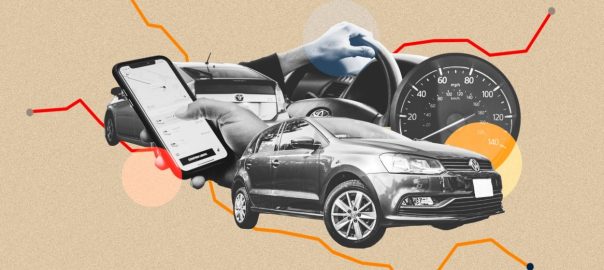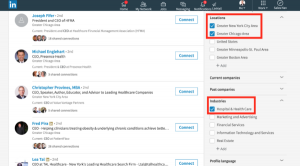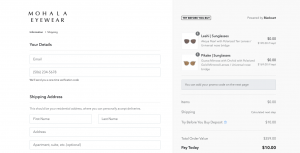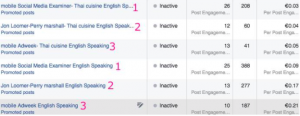Life in the Gig Economy is a new series that tells the stories of workers in an industry relied upon by millions. If you’d like to share your story, email staff writer Jessica Bursztynsky at Jessicabursz@proton.me
Anthony Diaz is 30 years old and has worked as a rideshare driver with Uber and Lyft for more than four years in the Boston area.
One of my first jobs, during high school, I worked in a warehouse and that was extremely boring. I mean, you have no social contact with anyone, right? So I’ve never worked any type of customer service job at all, until I entered the gig economy. The thresholds, the barriers to entry were extremely simple. You just have to have a good driving record. And previously, I was a newspaper driver, and I was also a medical courier delivering blood to the lab from hospitals. So driving for me was super easy.
My standard when I was a medical courier was I wouldn’t take an on-call delivery order unless it was above $1 per round trip. And with Uber and Lyft, I can do that every single day. That is a no-brainer. I get to decide if I want to make it or not, at least in my economy. Of course, in different regions, you might not even make that $1 per mile from leaving your house. For me it was a no-brainer. Like, if I can leave my house and get back to my house and I made $1 per mile, that was a good thing. Anything below that is like, OK, today was garbage, what can I do to avoid that from ever happening again? And that’s how I slowly found my scheduling to find that spot where I will always match that $1 special.
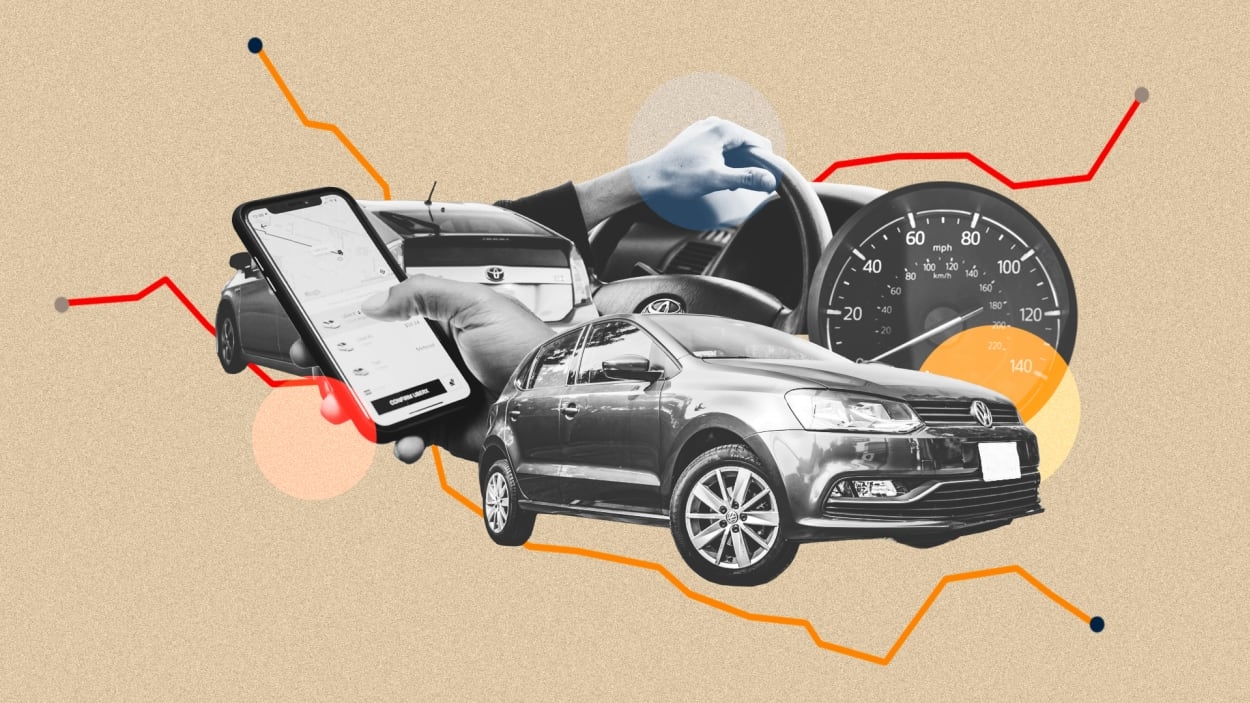
I’ve personally found the best way to drive. If you’re willing to do eight hours or 12 hour days, that’s really what pays off. If you do less than eight hours a day, I always feel like my dollars per hour is significantly less, unless there’s a fringe case where I’m finishing up a promotion or something like that. I like to work typically Friday to Monday morning. That’s the perfect spot, at least for me in my area. I like to work overnight instead of during the day because I don’t like driving in traffic. And driving when you have solar glare is not fun either.
You can make some really good money if you’re doing good work, but the key is to treat it like you want to work. You want to dedicate the hours to when there’s the most demand. Treat it like anything else—if there’s high volume, you want to be on the high volume. And that’s how it works for every market. You need to put in hours during high volume time, and then on top of that, you want to make sure you’re running as lean as possible.
The difference between working when the promotions are there and working when there’s no promotion is literally $20 per hour. It’d be stupid to not work when there’s a promotion. $40 an hour is kind of what I got in for. Sometimes there’ll be awesome weeks and I’ll be able to do 10-hour days or weekends, or there’ll be a promo for the whole week and I’ll hit the entire promo and all of the streets during busy times and I’ll get upwards of like $50 to $60 an hour. That was worth it. Like, I will always work that week because I’ll be able to take two weeks off in the future. I kind of milked Uber and Lyft quite a bit.
I’ve been through two cars. I started in 2018 with a Toyota Prius. Actually, I started a little before that. I tested the waters with Lyft and Uber through a rental program, so I basically used a credit card to try that out. But you do need to have your record completely clean. I’m fortunate that my record has been clean, and I guess I’ve been driving safely.
Something I would absolutely recommend for every driver is a sleep tracking app. If you’re going to work eight hours, you better be sleeping eight hours. If you’re trying to ever do a 12-hour, like a full day before you’re forced offline, you’ll definitely want to sleep eight hours. Because nothing is worse than, “Oh, I slept five hours and they’re sending me to the other side of the state and now I’ve got to sleep in my car.” You’ll have those days that you have to literally sleep in your car 100 miles away from home, because you’re drowsy or tired. It’s the worst. Just expect that you’re going to find that once a month you’re going to be sleeping in your car if you’re working overnight.
Fortunately now with Uber, you can be like, “Oh, you’re going to send me 60 miles away in the wrong direction? No.” Lyft is a little different. I feel like at the moment, it’s just more enjoyable with Lyft; even though at the moment with Uber, you feel you have more control, nine times out of 10 with Lyft, you will just feel like you’re enjoying yourself more. For Uber, you have to have a really high strategy, whereas with Lyft, they’re like, just drive, we’ll figure it out on our end. If I want to just enjoy myself, take it easy, and kind of just drive, I turn on Lyft and they’ll automatically pick up rides for me. At the same time, depending on how you treat it, most likely people do make more money with Uber than with Lyft, though it all depends on the market.
I’m actually transitioning out of the gig economy at the moment. It has given me all the startup liquidity I needed over the past four years, so I’m now chasing something that is scalable. I’m going to be on the stock market. I basically started Uber and Lyft with the intention of day trading, and I’ve been growing my nest egg, so that way I can day trade. That’s something I’m more passionate about. I have enough emergency funds for like three months.
This conversation has been edited and condensed for clarity.
(8)
